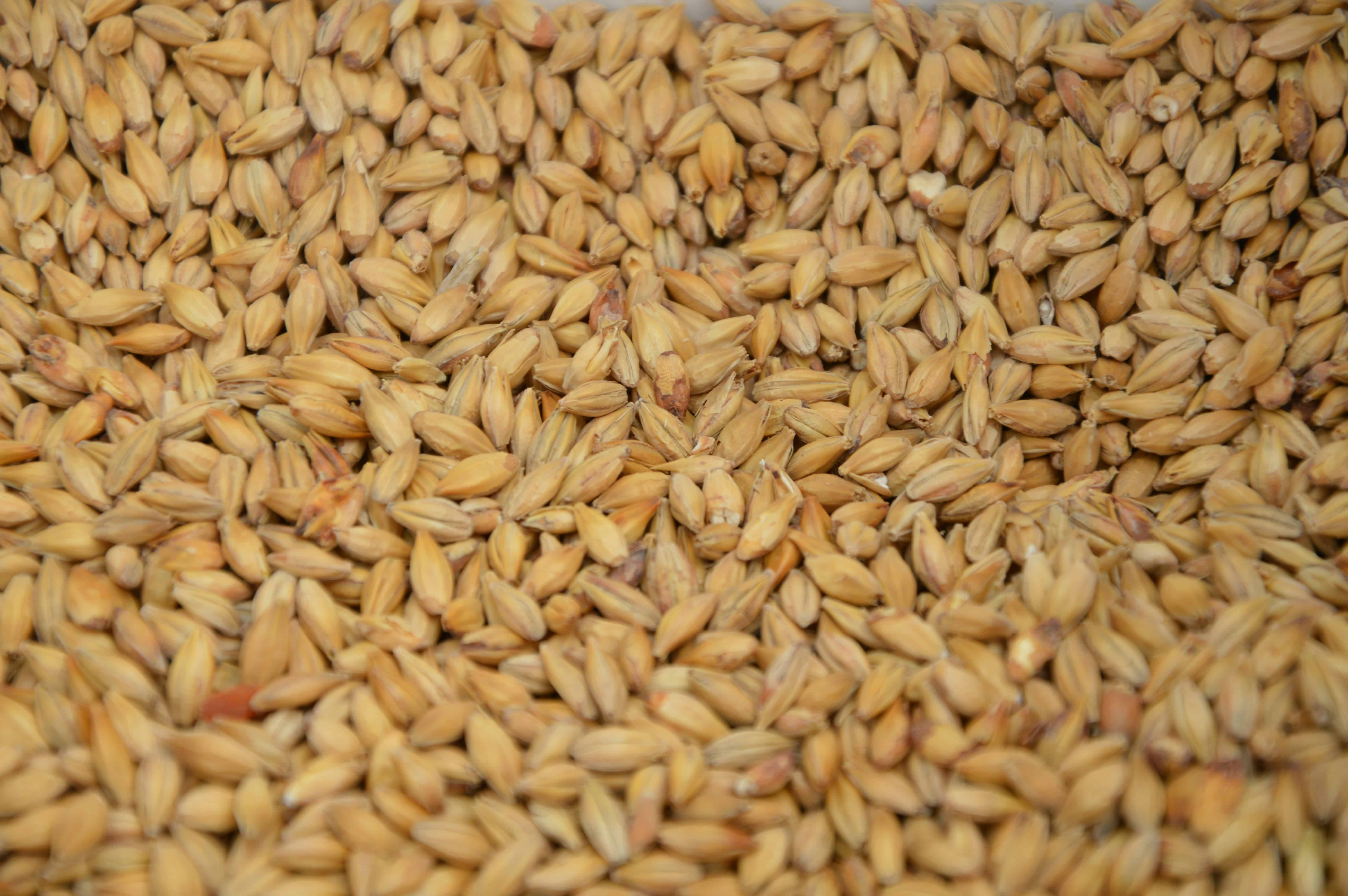Key Takeaways
- The Canadian Grain Commission (CGC) has announced several grain grading changes for the new crop year.
- New variety designation lists for food barley will be implemented in July and August 2024.
- Updates to the assessment of seed coat discoloration in soybeans will be effective from August 1, 2024.
- The Official Grain Grading Guide will undergo table reformatting to enhance clarity and accessibility.
- These changes aim to improve Canada’s quality assurance system for the grain sector, benefiting both domestic producers and international buyers.
The Canadian Grain Commission (CGC) has announced a series of changes to grain grading standards for the new crop year. These changes follow consultations with sector stakeholders and members of the Western Standards Committee and Eastern Standards Committee. The updates are intended to enhance Canada’s quality assurance system and better meet the needs of both the domestic grain sector and international buyers.
New Variety Designation Lists for Food Barley
The CGC is introducing new variety designation lists for food barley. Food barley varieties differ from malting or feed barley due to specific quality features such as high beta-glucans, which are desirable for food production. The CGC will implement the following:
- Barley, Canada Eastern Food: Effective July 1, 2024.
- Barley, Canada Western Food: Effective August 1, 2024.
These changes are aimed at supporting the development and cultivation of food barley varieties in Canada.
Updates to Soybean Seed Coat Discolouration Assessment
As part of its grain grading modernization project, the CGC will update the Official Grain Grading Guide to provide clearer guidelines for assessing seed coat discolouration in soybeans. Effective August 1, 2024, the updates will include:
- Revised definitions and grade determination tables for factors related to soybean staining.
- New photographs in the web version of the guide to assist with the evaluation of seed coat discolouration.
These updates are designed to improve the accuracy and consistency of soybean grading.
Table Reformatting in the Official Grain Grading Guide
To improve clarity and user-friendliness, the CGC will reformat the grade determination tables in the Official Grain Grading Guide. Effective August 1, 2024, the tables will be reorganized as follows:
- Grain grades will be displayed in a column (vertical) format.
- Grain grading factors will be listed in a row (horizontal) format.
This change is intended to enhance the accessibility of the grading guide. Both the new and previous versions of the tables will be available online for a minimum of six months to facilitate the transition.
Stakeholder Feedback and Implementation
The CGC’s decision to implement these changes is based on feedback from sector stakeholders. According to a CGC spokesperson, “The Canadian Grain Commission values stakeholder input and is implementing these changes based on feedback from the sector. They will support continued growth and Canada’s reputation as a dependable source of high-quality grain.”
Photo by Lutz Wernitz on Unsplash


